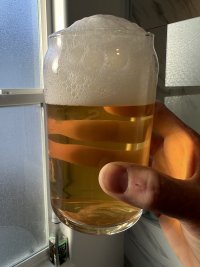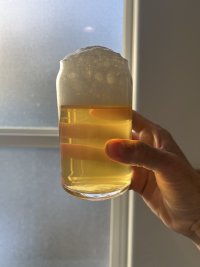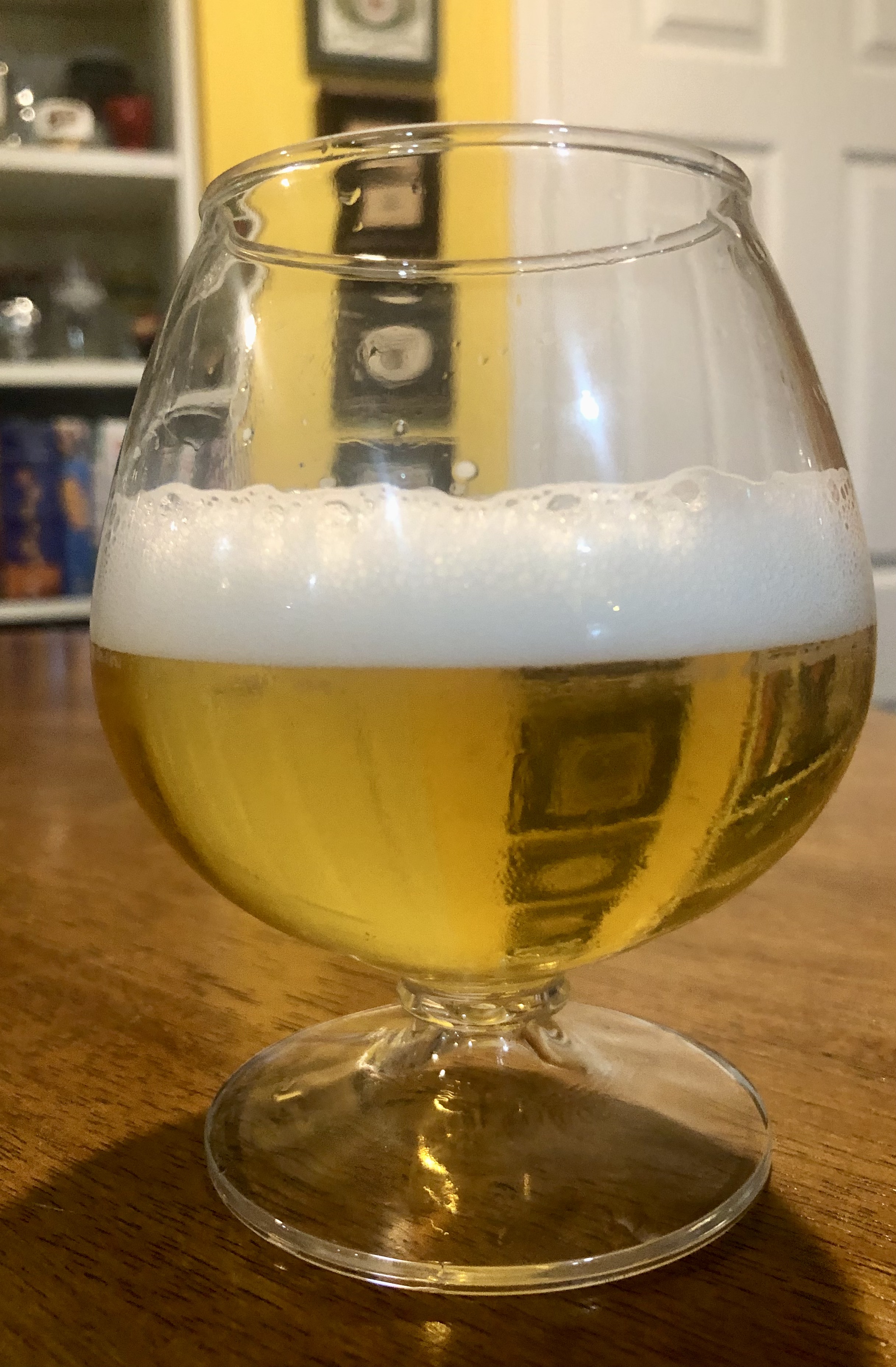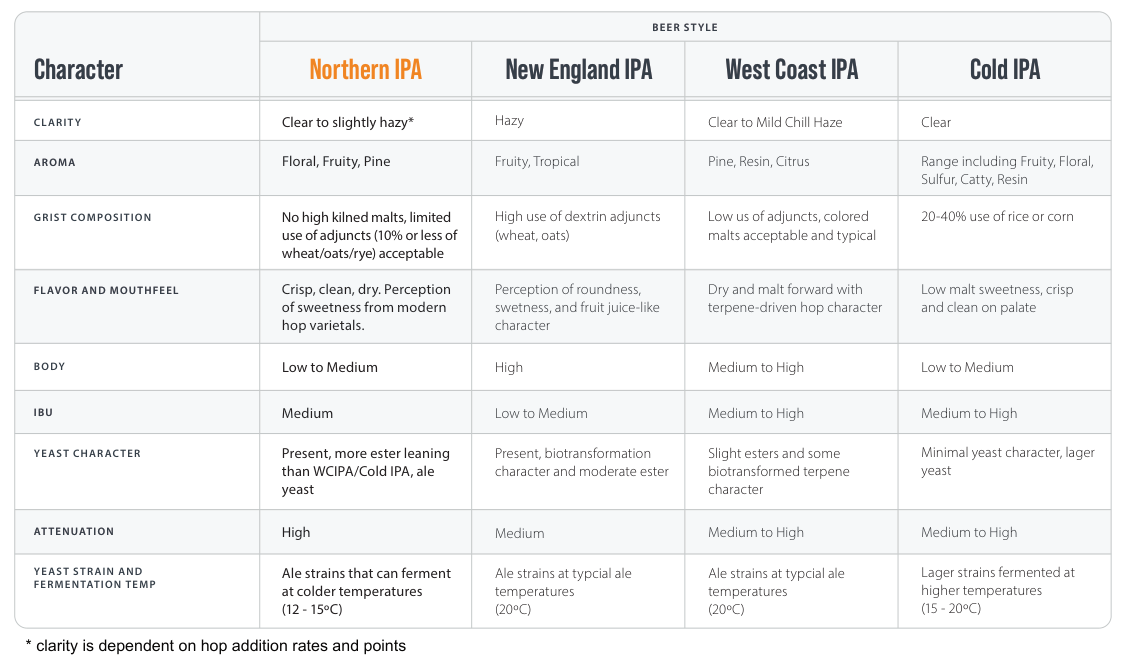@Dgallo - thank you for help and advice earlier. Followed it and my cold IPA won our clubs July IPA challenge. One experienced judge told me it was clearly the best IPA there. Only 8 entries, but still. This was my first time doing a few things, including closed transfers and using biofine. Recipe and writeup below.
“Thanks everyone for participating in the IPA contest. Here are the results:
- Cold IPA brewed by Bill W
- American IPA brewed by Bob M
- SMASH IPA brewed by John D tied with Hazy IPA brewed by Pat L”
I wanted to brew Cold IPA for this because its the antithesis of Hazy IPA. Its creation is largely credited to Kevin Davey of Wayfinder Brewing in Portland, Oregon, Though its not an “official” BJCP style, he says he is a GABF judge, and he wrote his own style guideline. Here’s the guideline from their website.
https://www.wayfinder.beer/cold-ipa
Here’s an interview with Kevin where he talk s about it, hosted by Northern Brewer:
Key points:
- Adjunct grain bill - pilsner + 20% - 40% corn or rice + 10% sugar in boil (I used 20% Minute Rice)
- Aim for light color, no crystal or character malts
- Mash low for attenuation
- All hops late, they say put all in the whirlpool. I used Citra, Centennial, and Mosaic mixed and did 15 then 5, then dry hop.
- Shoot for 1:1 BU:GU with all late hop additions. Should not be as aggressively bitter as West Coast IPA..
- Dry hop at high krausen - I waited til it dropped 10-15 points. There *might* be some biotransformation, (not sure if 34/70 does that?) but I think the point of this is really to minimize
oxygen uptake.
- Ferment with lager yeast warm OR with ale yeast cold (We’ve done previous presentations on using 34/70 warm)
- Use Biofine, gelatin, or other fining. Its supposed to be clear - opposite of a hazy
I brewed 3 gallons in a 5 gallon Cornelius keg and did closed transfers.
I spent alot of time reading and researching it. This was the first time I brewed it. Its the first time I ever brewed any beer with rice, first time using Minute Rice. This is the first time I fermented in a keg and the first time I did closed transfers. My 5 gallon keg I ferment in has the bottom inch and a half cut off the dip tube. The keg I closed transferred to has a floating dip tube and I went in through that.
Really different from anything I brewed before. It’s not IPL because it’s not lagered and the use of adjuncts. It’s not really a west coast IPA, as there is no crystal malt and the hops don’t have to be the C hops. Though people say it is a variation off a West Coast IPA.
I converted my recipe to 5 gallons:
Cold IPA
Date: 6/12/25
Size: 5.0 gal
Targets:
Original Gravity: 1.061
Terminal Gravity: 1.010
Color: 3.02 SRM
Alcohol: 6.69%
Bitterness: 61.2
Ingredients:
5.75 lb (50.5%) Pilsner Malt - (I have Montana High Country Pils)
1 lb (8.8%) Breiss Distillers Malt - (I decided to add this for some extra enzymes with these adjuncts)
6 oz (3.3%) Cara-Pils® Malt - (I like Carapils for foam and head retention)
2.25 lb (19.8%) Minute Rice - (pre-gelatinized, add straight to the mash)
.75 lb (6.6%) Rice Hulls -(Sparge aid for 2.25 lbs of rice - YMMV)
1.25 lb (11.0%) Corn Sugar - boiled 60 m - you could also add this late
.75 oz Citra (13.2%) - 15 m
.75 oz Mosaic® (13.2%) - 15 m
.75 oz Centennial (10.4%) - 15 m
.75 oz Citra (13.2%) - 5 m
.75 oz Mosaic® (13.2%) - 5 m
.75 oz Centennial (10.4%) - 5 m
1 ea Fermentis W-34/70 Saflager W-34/70
.75 oz Citra (13.2%) - dry hop at high krausen
.75 oz Mosaic® (13.2%) - dry hop at high krausen
.75 oz Centennial (10.4%) - dry hop at high krausen
Notes
Mash at 149 degrees
Predicted Ph: 5.38
Calcium Magnesium Sodium Chloride Sulfate Ratio
91 10 24 60 179 .33
34/70 at basement temp
I hit gravity a little high at 1.066 and decided to go with it. Yeast went down to 1.004, I guess because of the adjuncts - rice + 10% corn sugar. And I used Distiller’s malt for extra enzymes, plus I mashed low per the instructions. You want this beer to attenuate well. This beer fermented quickly, 1.066 on 6/12, 1.004 on 6/15. So this is actually a little over 8%.


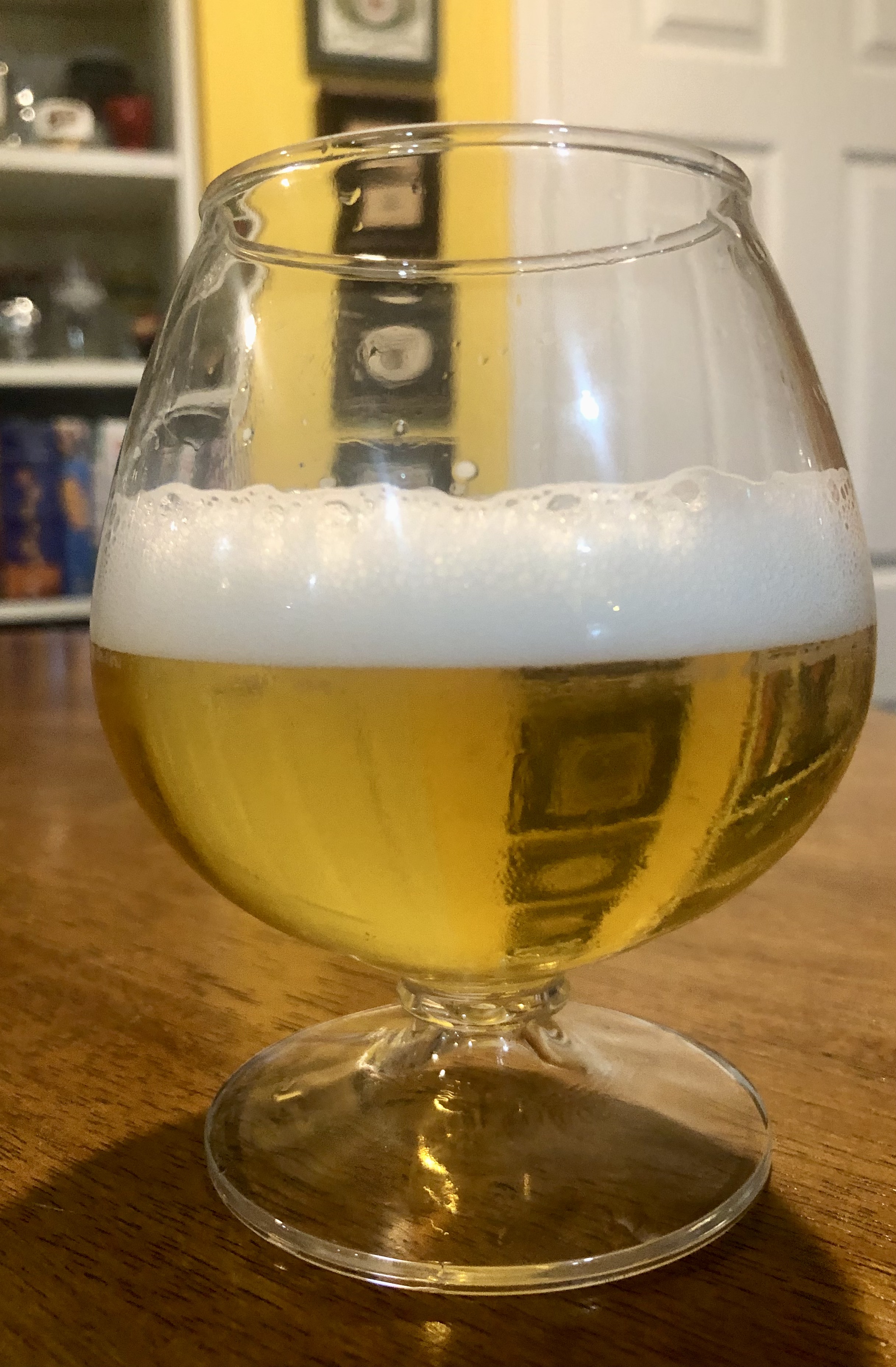











































![Craft A Brew - Safale S-04 Dry Yeast - Fermentis - English Ale Dry Yeast - For English and American Ales and Hard Apple Ciders - Ingredients for Home Brewing - Beer Making Supplies - [1 Pack]](https://m.media-amazon.com/images/I/41fVGNh6JfL._SL500_.jpg)
